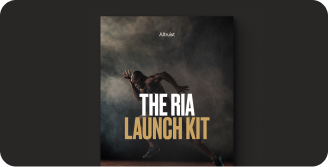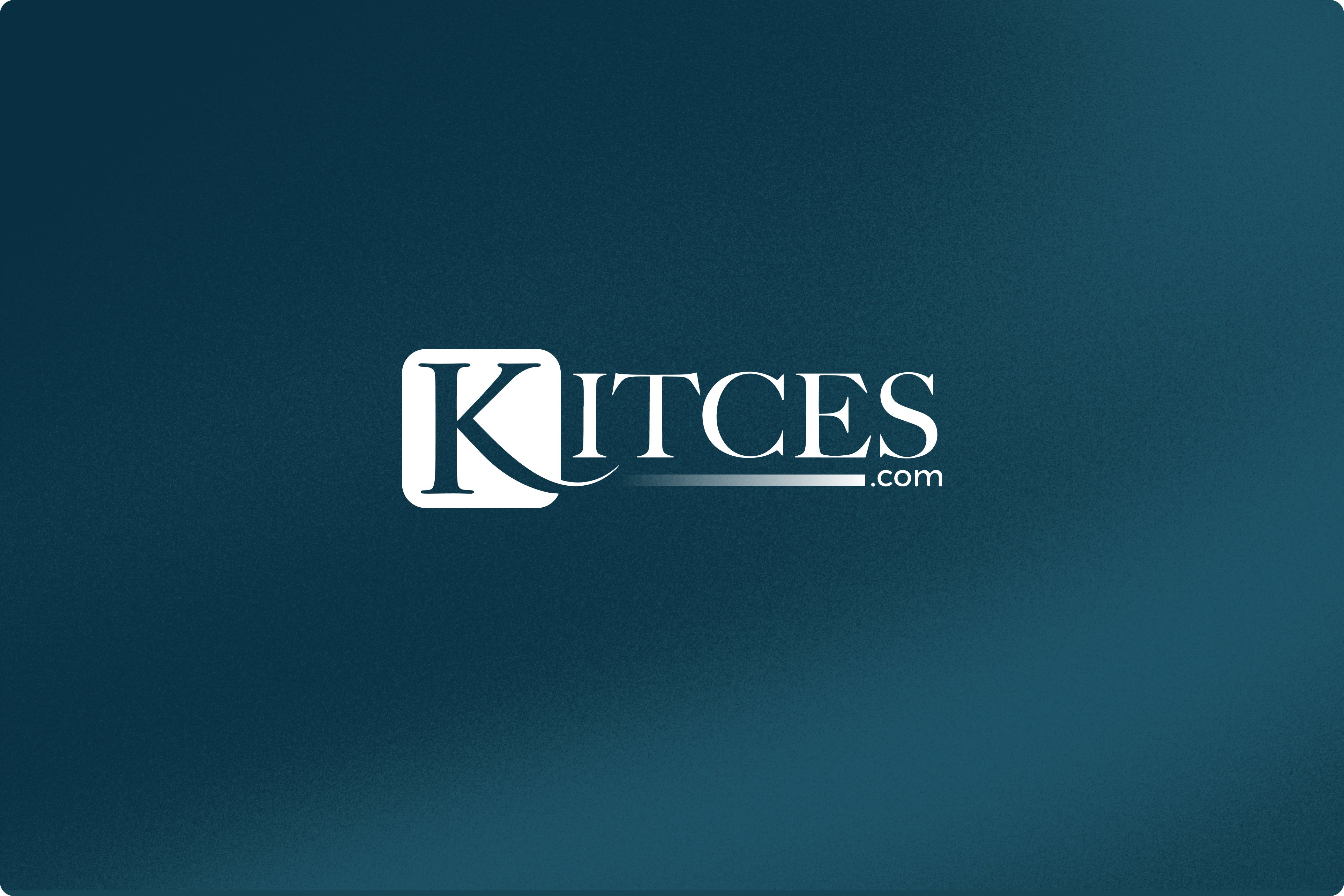When devising a marketing strategy, advisors often face a conundrum: any time spent on marketing is time they could be spending on other tasks more central to the business.
This challenge makes efficiency paramount, and marketing automation has emerged as a game-changer in maximizing the impact of time that financial advisors spend on their marketing systems.
This guide will explore the benefits of marketing automation for financial advisors, highlight key features of automation tools, and talk about best practices for implementation.
What's marketing automation?
Automated marketing allows financial advisors to configure routine marketing tasks (or a series of tasks) to run in the background – essentially on autopilot. Through a combination of automated triggers and carefully constructed marketing assets, advisors can leverage technology to create seamless, personalized marketing funnels that can help attract clients – and retain them – with much greater efficiency than traditional methods.
Benefits of marketing automation for financial advisors
Efficiency and Time-Saving: Marketing automation allows financial advisors to set up funnels that run automatically, freeing up valuable time that can be dedicated to more critical activities. Advisors can streamline their operations and enhance productivity by automating things like prospect selection, lead nurturing, and even client onboarding.
Personalization and Segmentation: Just because some of your communications become automated doesn’t mean they need to lose their personal touch. When done right, marketing automation allows financial advisors to deliver tailored outreach based on client profiles, statuses, and preferences.
With proper data collection and audience segmentation, you can reach specific groups of clients and prospects with targeted messaging that applies directly to them, ensuring a personalized experience.
Optimized Lead Generation: Marketing automation tools also enable advisors to identify and prioritize high-potential leads (while allowing less-qualified leads to self-select to a lower priority designation). With streamlined follow-up processes, advisors can promptly nurture quality leads and ensure they receive swift attention.
Key aspects of automated marketing for financial advisors
To fully leverage the power of marketing automation and build a properly-functioning system, you’ll need a range of tools at your disposal. Here are some important features advisors should know when constructing a marketing strategy around automation.
Lead captures
Effective lead-capturing and management systems are crucial when creating an automated marketing funnel. This will likely include setting up landing pages, forms to capture leads seamlessly, and a system for ranking leads – allowing for a calculated approach in moving people from prospects to clients.
Integrated CRM
It’s difficult to automate if you’re not organized; feeding your leads into a Customer Relationship Management (CRM) system is essential for compiling data and classifying client information. CRM integration enables accurate lead tracking and provides easy access to the info needed for creating personalized automation.
Email Automation Capabilities
Email marketing remains an indispensable tool for advisors. Automation enhances email’s relatively basic technology, allowing you to deliver targeted content based on predefined triggers. How does that work in practice? Here are two examples of how you might incorporate automation in your email marketing strategy:
- Lead nurturing campaigns, which guide potential clients through an email marketing funnel you’ve designed to introduce them to your business and demonstrate how your services add value.
- Onboarding drip campaigns enable financial advisors to deliver a custom experience to new clients during the onboarding process.
The best email automation sequences include personalized content via tools like merge tags and dynamic content blocks. This customized content can be tailored for individual recipients or groups of recipients, providing a unique email experience.
Two more examples:
- Using merge tags, you can batch send emails that include each client’s first name by auto-merging their name into the email – thus creating a personalized feel to the message and boosting trust (and open rates).
- Dynamic content blocks let you customize your emails depending on what group of clients or leads will receive them. Let’s say you have clients/leads in multiple states – a dynamic content block would let you send a single check-in email with custom content depending on their location.
If you plan to automate any aspects of your email marketing, choose an Email Service Provider (ESP) that offers comprehensive automation and segmentation capabilities. At a bare minimum, your ESP should provide features for creating personalized messages, scheduling campaigns, and tracking email performance.
Social Media Automation
If social media is part of your marketing strategy, consider employing automation tools in this arena, too. Software tools like Hootsuite and Sprout Social can connect your various social media accounts in one dashboard and help you post across all your platforms simultaneously. Plus, you can build a content calendar and schedule posts in advance, freeing you up to focus on other tasks.
Best practices for marketing automation
Automating aspects of your marketing system has clear advantages – so long as it is done right. If implemented haphazardly, marketing automation can actually have a negative effect on your business and your brand, not to mention potential compliance implications. That’s why methodical planning and preparation are necessary before implementing an automation strategy. Here are some best practices to consider:
-
Define your goals and target audience.
Clearly define your marketing goals and identify your target audience(s). Are you hoping to nurture and convert leads? Onboard new clients? Set up an email marketing sequence for current clients? Understanding your audience's needs and preferences will help you design effective automation workflows.
-
Map out your client journey and touchpoints.
Visualize the client journey, from prospect to loyal client, and identify touchpoints where automation can enhance the client experience. Build your automation workflows based on this map, focusing on seamless transitions and thoughtful interactions.
-
Meet your audience where they are.
Leverage multiple communication channels to meet people where they prefer to engage. Email is a cornerstone of marketing automation, but you’ll need to work on capturing leads before you can utilize it as an effective tool. Organic social media, paid social ads, paid search ads, and content published on your website are just a few other potential touchpoints where you can deliver targeted messaging and generate leads.
-
Personalize wherever possible.
Personalization is pivotal to effective marketing. Tailor your content to address clients or leads directly, and segment your audiences to speak directly to different cohorts, acknowledging their specific pain points or aspirations. -
Clean and organize your data.
There’s nothing worse than a client receiving an email that begins with “Hi .” To avoid embarrassing miscues like this, keep meticulous records of your client and lead data to ensure its accuracy and regularly double-check that any dynamic content you are using is displaying and saving correctly.
-
Test and optimize your campaigns.
As with just about any marketing strategy, testing is critical. Never send an email campaign or press “publish” on a social media ad set without first testing that your automations are correctly configured and previewing the message yourself.
Once you’re sure the plan you’ve set up is error-free, continuously monitor and analyze the performance of your automation campaigns. Test different messaging, workflows, and content to optimize results. Then, use the insights gained to refine your campaigns and improve future marketing efforts. -
Make sure it's compliant.
Ensure your chosen automation tools follow your firm's compliance policies, procedures, and recordkeeping requirements before implementing them in your practice.
How marketing automation can make advisors better
Every advisor will likely agree that delivering a personalized experience to clients is important. But doing that at scale becomes challenging without automating at least some parts of the business. And thanks to the technology available, those automated touchpoints can be made to feel unique and thoughtful.
This might sound like a lot of work upfront – and sure, it can be. There’s no getting around that fact. But there’s also no denying that marketing automation has revolutionized the way financial advisors attract and retain clients, leading to remarkable boosts in efficiency.
If you’re willing to put the time in to plan a savvy automation strategy and create a positive experience for the people you reach, your business can reap the benefits down the line.
Next up, learn about digital marketing strategies for financial advisors.














